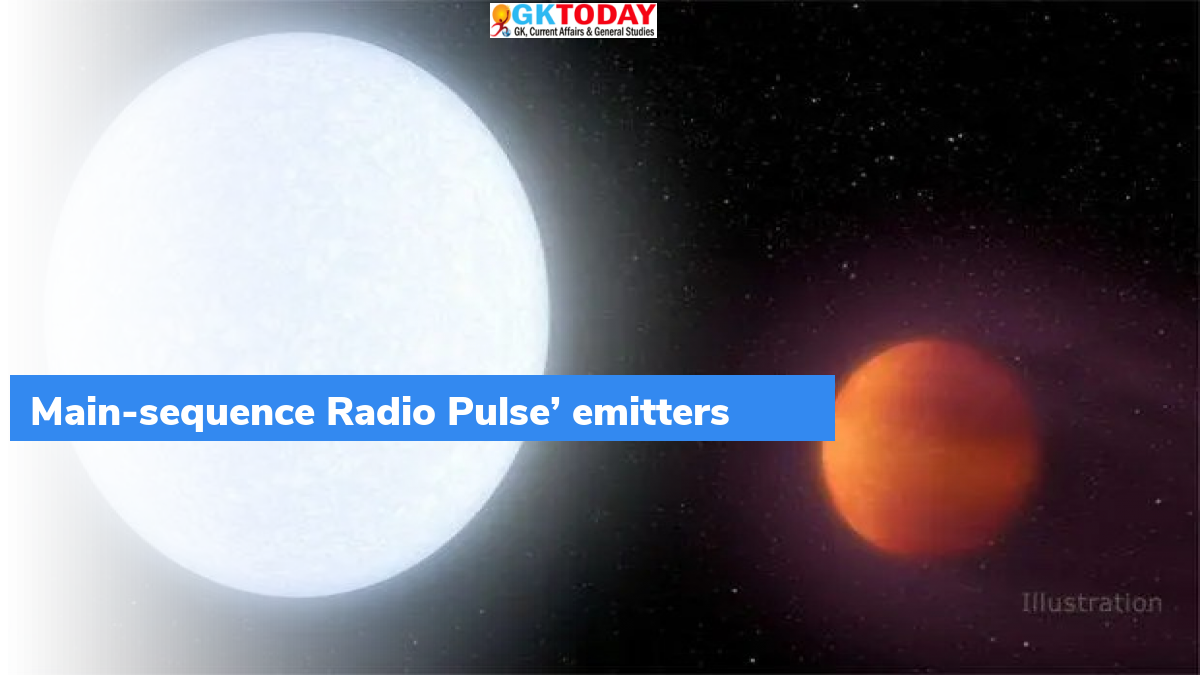NCRA astronomers discover “Main-sequence Radio Pulse’ emitters”
Astronomers from Pune-based National centre for Radio Astrophysics (NCRA) have discovered eight stars which belong to a rare class called Main-sequence Radio Pulse emitters or MRPs.
Key Points
- MRPs were discovered using ‘Giant Metre-wave Radio Telescope (GMRT)’ located in Pune.
- Group of scientists discovered the rare class of radio stars which are hotter than the Sun. They have unusually strong magnetic fields and are much stronger stellar wind. As a result of this, these stars emit bright radio pulses like a lighthouse.
- Team had also discovered three more similar stars in the past using Giant Metre-wave Radio Telescope (GMRT).
- Thus, there are 15 known MRPs so far.
- 11 MRPs were discovered with GMRT. Eight of MRPs were discovered in 2021 alone.
Discovery of first MRP
The first MRP was discovered in 2000. The was discovered as a result of high sensitivity of GMRT.
Giant Metrewave Radio Telescope (GMRT)
GMRT is located near Pune, at khodad. It is an array of thirty fully steerable parabolic radio telescopes. It is having a diameter of 45 metre, observing at metre wavelengths. This telescope is operated by National Centre for Radio Astrophysics (NCRA), which is a part of Tata Institute of Fundamental Research, Mumbai. It was conceived and built during 1984 to 1996. GMRT was recently upgraded with new receivers, following which it is known as Upgraded Giant Metrewave Radio Telescope (uGMRT).
National Centre for Radio Astrophysics (NCRA)
NCRA is a research institution, working in the field of radio astronomy. It is located in Pune University Campus. NCRA has an active research program in several areas of Astronomy and Astrophysics like studies of the Sun, pulsars, Interplanetary scintillations, Active galaxies, Interstellar medium etc.
Month: Current Affairs - November, 2021


